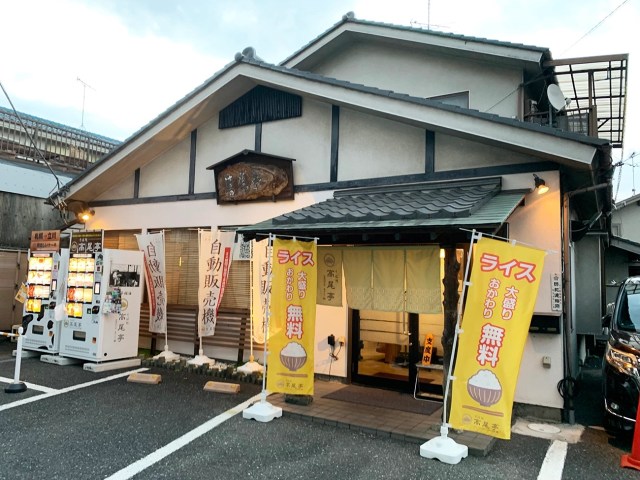
A surprising taste of history in Tokyo.
Our reporter Seiji Nakazawa has been binge-watching detective dramas recently, so when he was in Tokyo’s Tachikawa area to see a friend’s band play live one night, the hum of cars on unfamiliar streets made him feel like he was in a police drama.

He hadn’t been to Tachikawa for a while and as he was hungry for soba, Seiji decided to walk around looking for a place to eat before the band’s performance. That’s when an older man appeared in front of him, saying, “Hey, are you looking for something?”
Seiji flicked his head up to see the man was dressed in a chef’s outfit. This seemed like a fortuitous encounter, so Seiji told him, “I’m looking for a soba restaurant,” and the chef replied, “Isn’t this the place you’re looking for?”
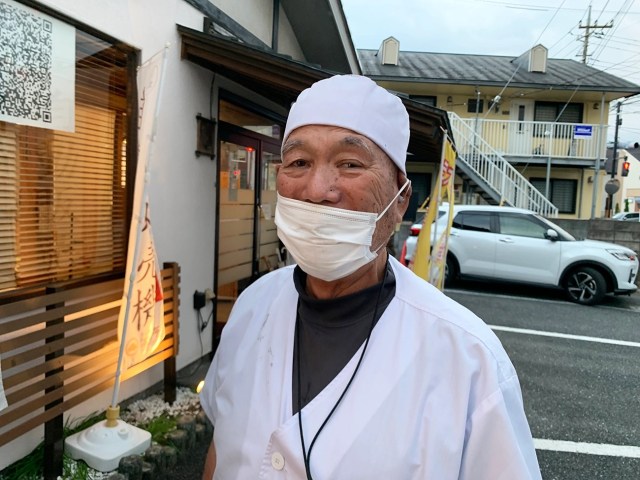
Looking behind the man, Seiji could see they were at a restaurant called Takaotei. As it was a little far from the station, the restaurant had parking for cars in front of it, giving it a lovely, suburban feel in the heart of the city.

It looked like a great place to eat, so Seiji followed the man inside, feeling like a young punk being recruited into a yakuza gang. As he took a seat inside the homely establishment, he waited with bated breath to see if a big boss would come out of the kitchen with shades and instructions for him to commit unspeakable crimes.
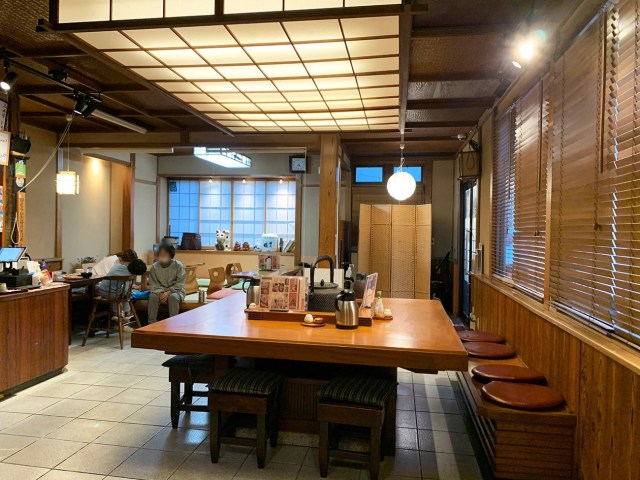
However, no big boss ever came — instead, the chef who led him into the restaurant appeared with a menu.
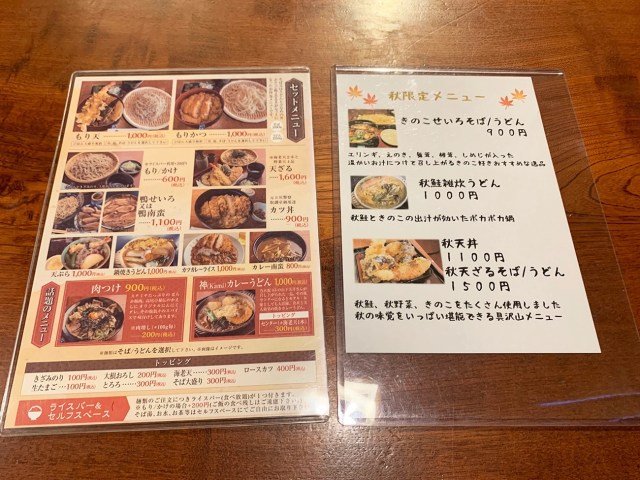
Seiji really had been watching too many crime dramas lately, so he vowed to stop living out the screenplay in his head and enjoy the meal instead.
Browsing through the meals on offer, Seiji saw a lot of soba options, with prices starting at 600 yen (US$4.31) and going up to 1,000 yen for curry udon, 1,100 yen for soba with duck meat and broth, and 1,600 yen for noodles with tempura.
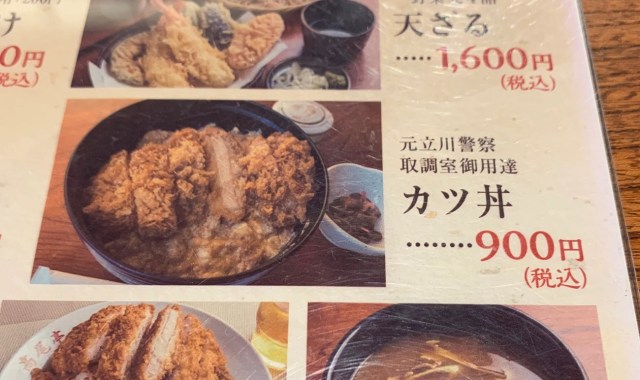
One thing that stood out from the noodle options on the menu was the katsudon, which, upon reading the fine print, had actually been served up to…
▼ The Tachikawa Police Interrogation Room
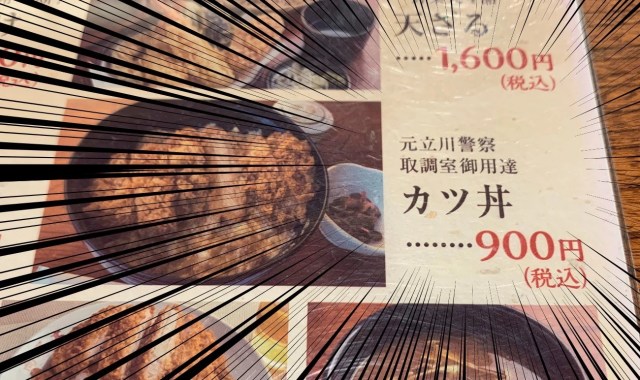
Blinking his eyes, Seiji felt as if he’d been pulled back into his imaginary crime drama, and he instinctively stood up and rushed over to the chef to speak to him about it.
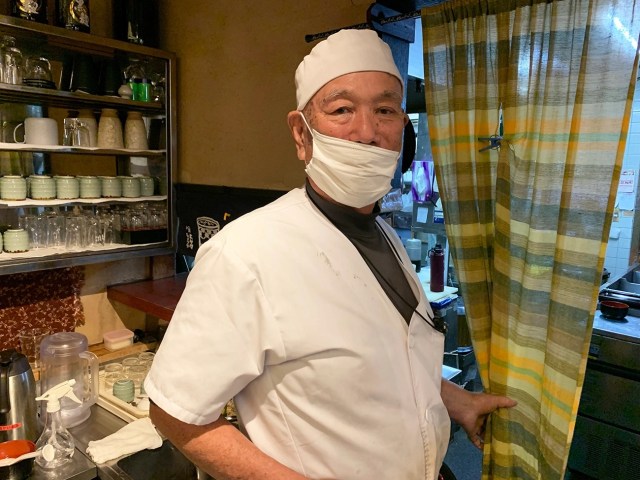
The chef’s name was Shingo Takahashi, and when Seiji breathlessly asked him to explain the history behind the katsudon, he calmly told our reporter that he used to deliver it to the interrogation rooms at Tachikawa Police Station.
Takahashi: “In the old days, the Keio store along the main road over there used to be the Tachikawa Police Station. When I’d get delivery orders from there, I was asked to deliver it to ‘Number xx Interrogation Room”. The ground floor was for police and official affairs, the second floor was for investigations, the third floor was for public security, and the fourth floor was for communications.”
▼ The site of the former police headquarters today.
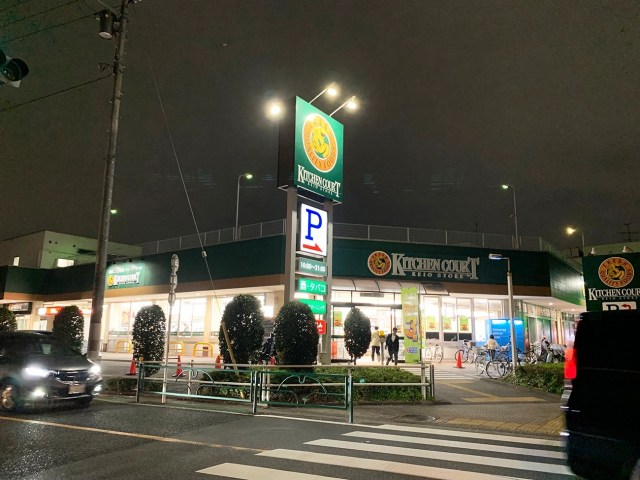
Seiji: What was it like delivering there?
Takahashi: “There were five interrogation rooms in the Investigation Division on the second floor, so I’d take the order to the interrogation room with the number corresponding to the one given to me over the phone. I was also told a number, for example ‘200’, so when I got there I’d tell the guard ‘this is for number 200’ and the guard would pay me. Over there, people use numbers when they’re ordering, because it would be bad for anyone to know their names.”

Having previously eaten katsudon at the staff cafeteria inside a Japanese police station in Fukuoka, — yes, he is that much of a police drama fan — Seiji had learnt from the officers there that people being interrogated are no longer allowed to eat katsudon. This is to protect the rights of the suspect, as the act of buying the suspect katsudon can be “an inducement to give a confession”.
▼ Yes, katsudon is so good it has the power to sway people towards giving confessions, false or otherwise.
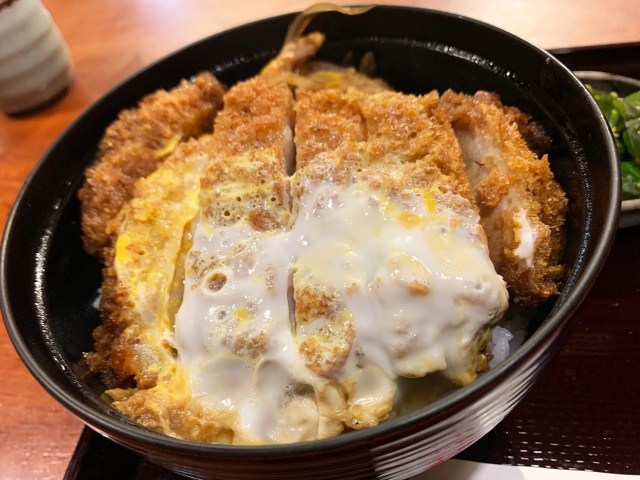
Chef Takahashi said he last delivered katsudon to the police interrogation rooms over 30 years ago, and Seiji figured at that time the no-katsudon rules to protect suspects probably weren’t in place.
According to Takahashi, the taste of the katsudon he served back then hasn’t changed in the years since, so when you eat it, you’re getting a taste of history…and a taste of what the suspects ate in the interrogation rooms.
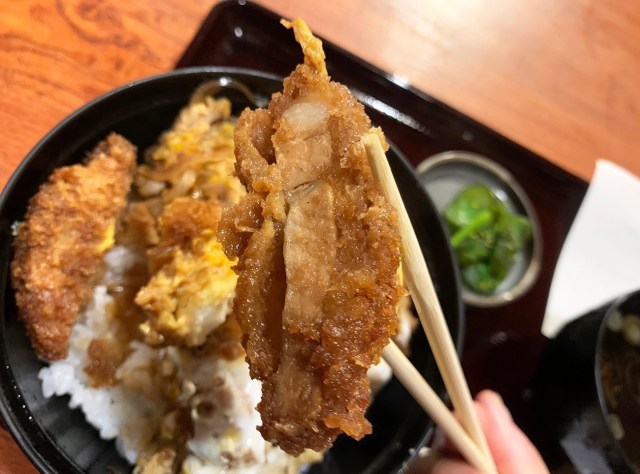
The pork in this bowl of katsudon was thick and meaty, and the sauce was thick and gloopy, flavouring the bed of rice beneath without causing the grains to separate. The onions, egg, and fried exterior melded together beautifully, and you could tell it’d been made with an experienced hand.
▼ A delicious katsudon.
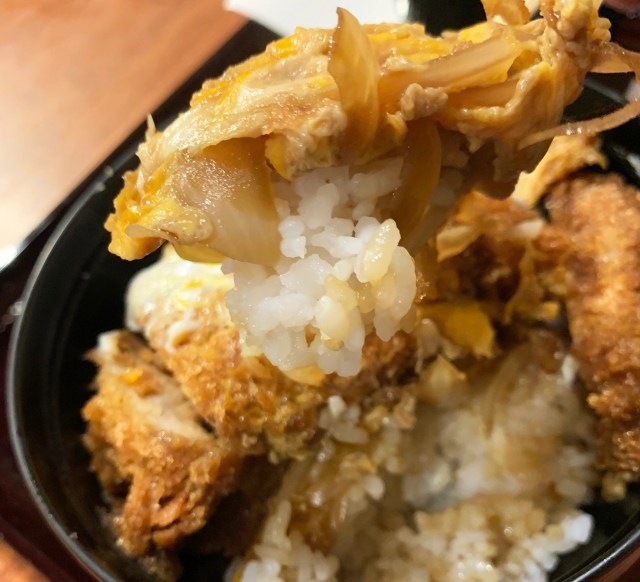
The restaurant has been in business for 93 years, which is a testament to how good it is, and it’s now officially in the hands of the third-generation Takahashi, who helps to keep things running with his father.
立川ハートビートという快進のICHIGEKIの潤くんが店長のハコに後輩のMidasHandを観に行ったら、春に対バンしたヘブンズナックルも出てたし、THE SALAもカッコ良かった! でも、何一つ撮っていないので、近所のそば屋の三代目店主である高橋さんを載せておきます。相撲やってたらしいです。 pic.twitter.com/bet0T2gRwi
— 中澤星児(ロケットニュース24) (@sorekara_jona) November 4, 2022
So next time you’re in Tachikawa and looking for a place to eat, you might want to stop by Takaotei for katsudon. It’s a dish so good it would warm the cockles of even the hardest criminals…and even wannabe louts like Seiji.
Restaurant Information
Takaotei / 高尾亭
Address: Tokyo-to, Tachikawa-shi, Nishiki-cho 5-5-31
東京都立川市錦町5-5-31
Open: 11:00 a.m.-3:00 p.m., 5:00 p.m.-8:00 p.m. (Mon-Sat and public holidays)
Closed: Sundays, New Year holidays
Website
Photos ©SoraNews24
● Want to hear about SoraNews24’s latest articles as soon as they’re published? Follow us on Facebook and Twitter!

No hay comentarios:
Publicar un comentario